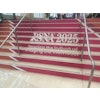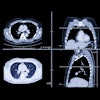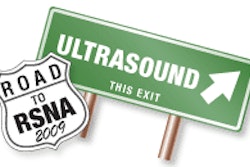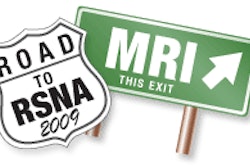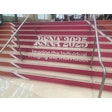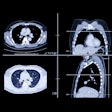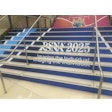Tuesday, December 1 | 3:10 p.m.- 3:20 p.m. | SSJ11-02 | Room S102D
There is general agreement that a quality report not only improves patient care, it also improves an imaging facility's bottom line. But it's hard to find consensus on what exactly a quality report consists of and how to formulate it.In this Tuesday afternoon presentation, researchers from the Royal Australian and New Zealand College of Radiologists' Quality Use of Diagnostic Imaging (QUDI) Program sought to define influences on report quality.
Dr. Felicity Pool studied guidelines from international radiology professional organizations for standards relating to written radiology reports, and also conducted a Medline search for articles related to radiology report quality. Pool's team found 23 studies; they did not find any randomized, controlled trials:
- Three studies measured aspects of report quality before and after various interventions.
- Two studies evaluated referrer understanding of terminology used by radiologists to describe uncertainty.
- Nine studies surveyed attitudes of referrers and/or radiologists to radiology reports.
- Eleven studies involved report audits and analyses.
- Three studies combined two or more of these designs.
In the research Pool's team analyzed, survey respondents placed high importance on accuracy and clarity, and surveys that evaluated report format found strong support for structured and itemized reports. In addition, audits of actual reports demonstrated significant omissions in terms of aspects of predetermined critical content, Pool wrote, concluding that "there is little evidence about which elements of report form and content contribute to subjective impressions of clarity and quality, or about how this impacts on clinical decision making."
"The review highlighted to me that communicating through a written report is a two-stage process," Pool told AuntMinnie.com. "A radiologist first describes imaging findings and gives a diagnostic opinion, then a reader extracts information from the report and uses it to manage the patient. There is considerable scope for further research about how changing report content and structure affects both of these processes, and therefore the impact of the written report."

